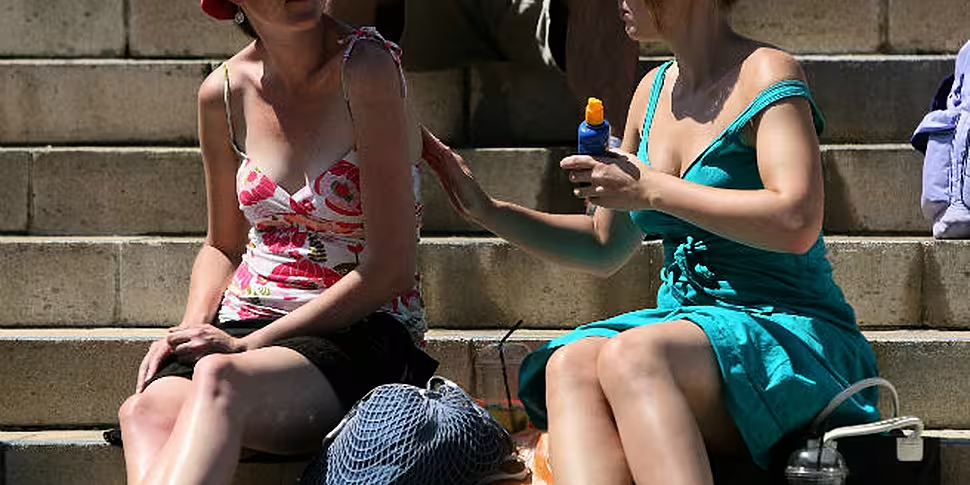A new study has shown a direct link between carrying the ‘ginger gene’ and the development of skin cancer.
The study, carried out by Cancer Research UK and the Wellcome Trust found that those who may not have red hair but carry the MC1R gene (the variant that causes red hair) are at a much higher risk of developing skin cancer than those who do not.
While only 1-2% of the world’s population have red hair, it is estimated that around one quarter of the population carry the gene.
The study was published this week in the Nature Communications journal.
Researchers studied tumor samples from some 400 patients diagnosed with melanoma and found 42% more mutations linked to sun exposure in tumors from people carrying the MC1R variant than among persons without the gene.
Dr David Adams, joint lead researcher at the Wellcome Trust Sanger Institute said that the most surprising part of this study was that those simply carrying the gene were at risk.
“It has been known for a while that a person with red hair has an increased likelihood of developing skin cancer."
"Unexpectedly, we also showed that people with only a single copy of the gene variant still have a much higher number of tumour mutations than the rest of the population."
While it was previously thought that pale skin associated with having red hair allowed more ultraviolet light to reach the DNA, researchers have now proved it is also the gene itself that may be potentially harmful for carriers.
 Picture by: MARY GODLESKI / AP/Press Association Images
Picture by: MARY GODLESKI / AP/Press Association Images
Dr Julie Sharp, head of health at Cancer Research UK advised people who have fair skin who may carry the MC1R gene and those who don't to take precaution and not to spend as long in the sun.
“For all of us the best way to protect skin when the sun is strong is to spend time in the shade between 11am and 3pm, and to cover up with a t-shirt, hat and sunglasses.
"Sunscreen helps protect the parts you can’t cover; use one with at least SPF15 and four or more stars, put on plenty and reapply regularly.”









